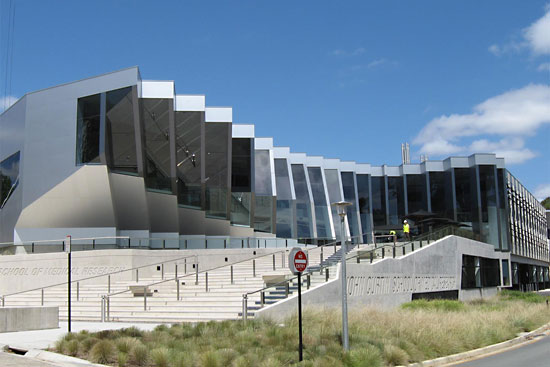ANU: The disease detectives tracking down COVID-19
When news broke of Australia’s first cases of COVID-19 in early 2020, biologist Dr Benjamin Schwessinger’s immediate reaction was “I think we can help”.
Schwessinger reached out to ACT Health and offered his services to help map the genomics of this new virus.
If the virus transmission is a puzzle, then genomes are the pieces that can help track it. They are the building blocks behind the deadly SARS-COV-2 virus.
Schwessinger says having this type of information can help with detecting new variants and working out how the virus is spread.
“Genomics allow us to tell if a new variant of concern has emerged,” he says.
“It also helps with determining how COVID-19 is being passed from person-to-person within the community.”
Initially, there weren’t many cases in the ACT to work with. But when that all changed in August this year, Schwessinger and his team were ready to swing into action as the delta outbreak hit Canberra.
“The extra time we had without a significant number of cases in the ACT really allowed us to prepare,” he says.
“When the first identified case of this most recent outbreak emerged, I got the call from ACT Pathology over breakfast, and we were able to do our analysis that same day.”
The process involves extracting RNA from the specimen collected from a positive case and building its genetic profile. This allows each case to be put into a local and national context.
“Since the start of this outbreak we’ve been initially sequencing basically every case,” Schwessinger says.
“We pick the positive samples up every afternoon and start sequencing overnight. It’s all done on a portable sequencer about the size of mobile phone.”
This team of disease detectives have successfully sequenced virus collected from over 85 per cent of all cases in the ACT – work that would otherwise had to have been outsourced.
“If we weren’t doing this work, the samples would have to go to health services in Sydney or Melbourne that are already overloaded,” Schwessinger says.
“Turnaround time is key to support epidemiological investigation by ACT Health as genetic linkages help discover and confirm transmission chains. It’s a bit like bread from the bakery, best enjoyed fresh as it goes stale pretty quickly.”
The team hopes to be able to continue their collaboration with ACT Health in the event other transmissible diseases pop up in the ACT in the future.
Schwessinger is fitting the genomic sequencing in around lectures and helping his students, but says it’s all part of the job and important to our community.
“In my mind, this is what universities are for, to provide solutions to problems,” he says.
“As researchers it’s our mission to contribute to solving big problems, whether it’s climate change or a public health crisis like COVID-19.”

